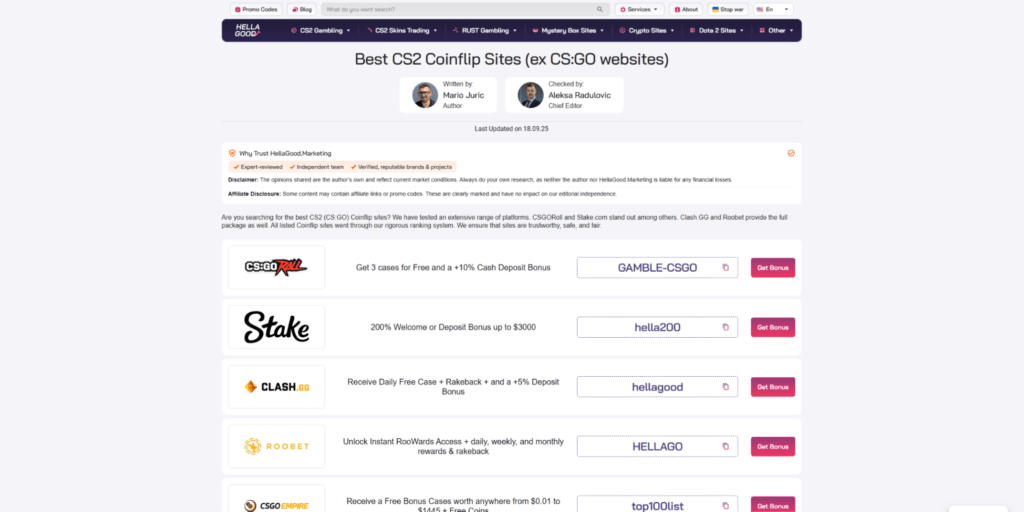Understanding Big Data in Sports
Big data in sports encompasses vast datasets used to extract insights on players and team performance. This includes:
- statistics from games
- physiological data
- social media interactions
Teams leverage these diverse datasets to make better scouting decisions. Teams now analyze thousands of player metrics, such as sprint speed and heart rates, to identify potential talent.
Advanced analytics transform raw data into comprehensible formats. With techniques like machine learning, teams uncover patterns and predict performance trends. For instance, by analyzing historical data, teams can forecast injury risks and optimize training regimens, minimizing downtime for key players.
Technology plays a crucial role in managing and interpreting big data. Wearable devices track player movements and health metrics. Video analytics capture every play, offering insights on strategy execution and individual contributions. Through these innovations, teams gain a holistic view of athlete capabilities and make informed decisions on roster changes.
Data privacy remains a significant concern in utilizing big data. Organizations take precautions to ensure compliance with privacy regulations and protect sensitive player information. As sports entities navigate these complexities, they continuously develop robust data governance frameworks to balance innovation with ethical responsibility.
The Role of Analytics in Player Scouting
In player scouting, analytics have transformed the landscape, offering precision and depth unattainable through traditional methods. Teams leverage data to refine decision-making, uncover promising talents, and tailor player development.
Enhancing Decision-Making
- Teams now rely on analytics to enhance decision-making processes in scouting.
- By analyzing comprehensive datasets, including on-field performance and physiological metrics, I’m able to evaluate players more accurately.
- This data-driven approach reduces reliance on subjective assessments, leading to more strategic roster decisions.
Identifying Hidden Talents
Analytics help uncover hidden talents by highlighting players who might be overlooked using traditional scouting methods. I can analyze a wealth of metrics, such as player efficiency and positional versatility. Advanced algorithms identify standout potential, even in less conventional areas, giving teams an early edge in talent acquisition.
Personalized Player Development
Personalized player development benefits significantly from analytics. Teams create individualized training programs based on specific data insights into each player’s strengths and weaknesses. By tracking performance metrics and assessing development needs, I can help teams optimize training regimens and foster growth that aligns with overall team strategies.
Case Studies: Success Stories in Player Scouting

Big data’s impact on player scouting manifests through various success stories across different sports. These case studies demonstrate how analytics revolutionizes talent discovery and decision-making.
Soccer: Uncovering Gems
In soccer, clubs leverage analytics to identify hidden talent in overlooked regions. For instance, FC Midtjylland, a small Danish club, uses data to scout players effectively in untapped markets. By analyzing metrics like passing accuracy and defensive behavior, they identify players with potential that traditional scouting might miss. This approach enabled FC Midtjylland to secure under-the-radar talents, transforming them into successful team members and achieving notable success domestically and in European competitions.
Baseball: Refining Pitching Choices
Major League Baseball teams utilize data analytics to refine pitching strategies. The Houston Astros famously employed this strategy, examining pitch types, spin rates, and batter tendencies to enhance their roster. By evaluating these metrics, they discovered undervalued pitchers who excelled in specific game situations. Additionally, their data-driven approach guided decision-making during drafts and trades, focusing on pitchers with high potential based on analytical insights, leading to improved team performance and a notable World Series victory.
Challenges and Limitations
While big data analytics transforms player scouting, it brings certain challenges and limitations that impact its effectiveness.
Data Quality and Management
- Ensuring data quality is paramount in analytics.
- Inconsistent data, such as inaccurate player statistics or corrupted files, can lead to flawed analyses.
- Teams rely on robust data management systems to handle these vast datasets efficiently.
- I notice that with the growing volume of information from different sources, such as wearable tech and game data, integrating and standardizing these inputs requires significant resources and expertise.
Privacy and Ethical Concerns
Handling player data comes with privacy risks. Teams collect personal and health-related information, increasing concerns about data misuse or breaches. Compliance with regulations like GDPR is essential to maintain player trust. Ethically, I believe balancing innovation with the protection of player rights demands attention. Teams must develop clear policies and transparent practices, ensuring players are informed about how their data is used and protected.





